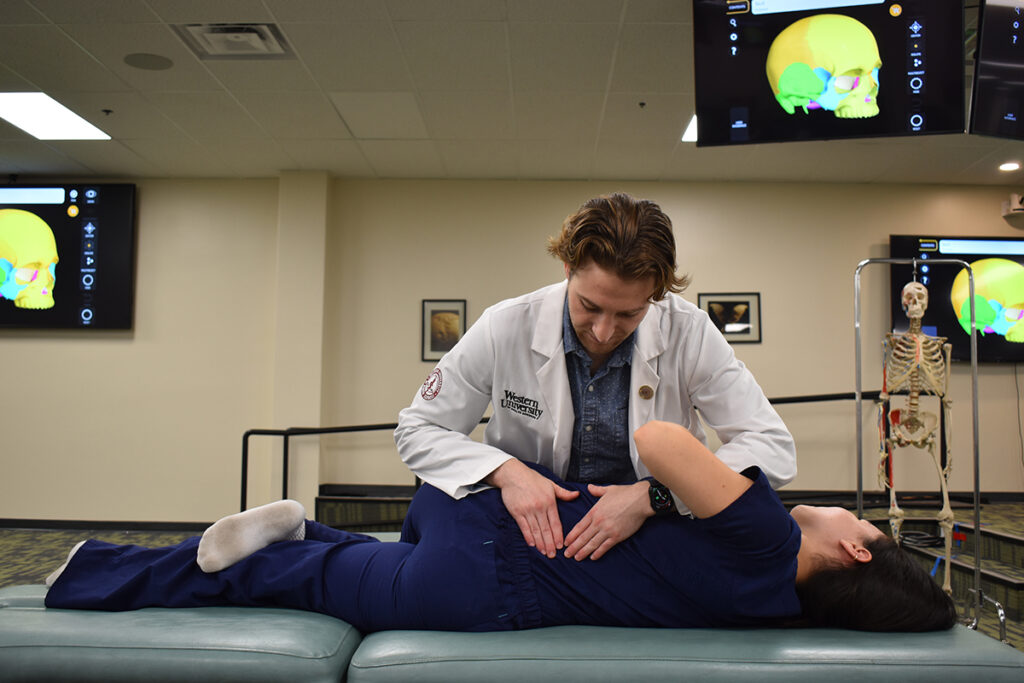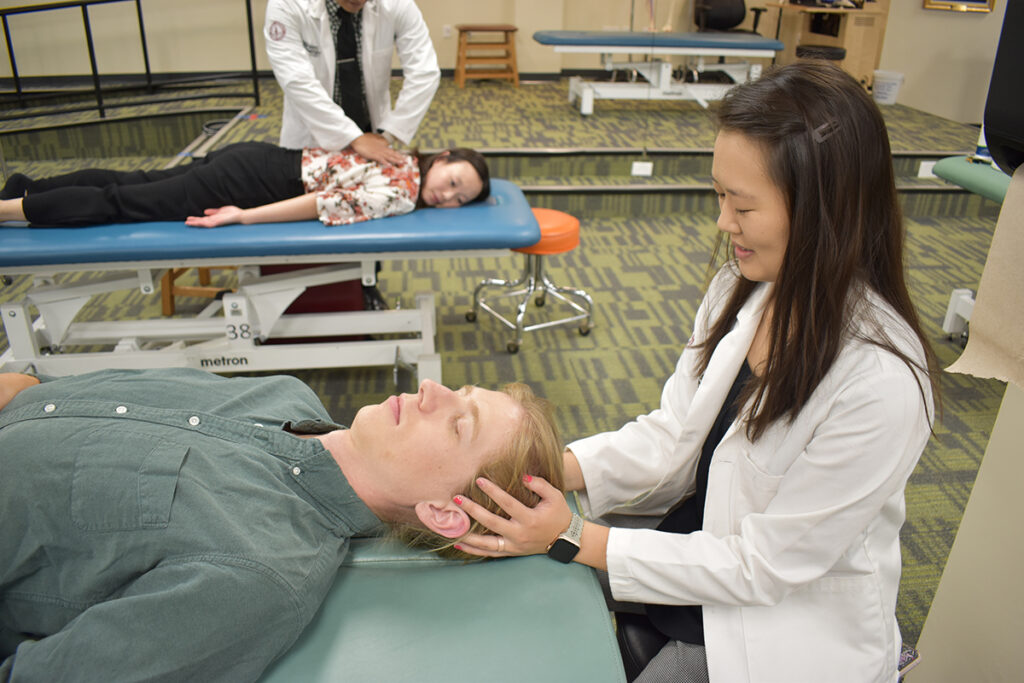
In 2014, The Accreditation Council for Graduate Medical Education (ACGME), the American Osteopathic Association (AOA), and the American Association of Colleges of Osteopathic Medicine (AACOM) announced an agreement to move toward a single system for accrediting residency programs. The change officially took place July 1, 2020. Residencies are no longer classified as osteopathic or allopathic, but rather they are all accredited by and subject to standards set by a single ACGME/AOA accrediting body. In addition, residency programs can apply for Osteopathic Recognition (OR) status. These residencies are required to meet certain additional standards by demonstrating a commitment to teaching and training in Osteopathic Principles and Practice (OPP) in the clinical setting. The previous dual accreditation system may have had its benefits and flaws, but it did seem to run smoothly for many years.
The ACGME lists the benefits of the SAS as:
- Uniform GME accreditation that enhances the choices and opportunities for residents and fellows and provides transparency to the federal government, licensing boards, credentialing committees, and the public.
- Increased collaboration among the medical education community to address the challenges facing GME for the benefit of all medical residents and fellows, as well as their patients.
- Reduced costs and increased efficiencies by eliminating duplicative accreditation costs and reporting.
- Consistency across GME programs in evaluation methods and accountability standards, using specialty-specific Milestones for assessing the competence of residents/fellows graduating from all ACGME-accredited US GME programs.
- Opportunities for all medical school graduates to receive formal osteopathic medical education during residency/fellowship in programs with Osteopathic Recognition and in the specialty of osteopathic neuromusculoskeletal medicine.


While there are many benefits to the SAS it does not come without some concerns. Cummings has written an extensive review of the AOA’s pathway to the SAS and has listed some potential concerns about this new system. He points out that the AOA may have taken a risk in giving up its traditional and wholly owned residency matching system and joining the new SAS. He postulates that this risk may result in
- Decreased DO leadership opportunities and role models
- Lower than expected interest in Osteopathic Recognition
- Possible decreased DO interest in osteopathic organizations and osteopathic specialty board certification.
However, at this point the SAS is still in its very early stages of operation. Only time and the choices of current and future DO trainees in SAS programs will determine the future of the osteopathic profession-and whether these risks were worth taking.
References
- https://www.acgme.org/globalassets/PDFs/Nasca-Community/Executive_Summary_of_the_Agreement_between_ACGME_and_AOA.pdf (Accessed August 5, 2023)
- https://osteopathic.org/gme/osteopathic-recognition/ (Accessed August 5, 2023)
- https://www.acgme.org/about/transition-to-a-single-gme-accreditation-system-history/
- Cummings M. The Single Accreditation System: Risks to the Osteopathic Profession. Acad Med. 2021;96(8):1108-1114. doi:10.1097/ACM.0000000000004109


